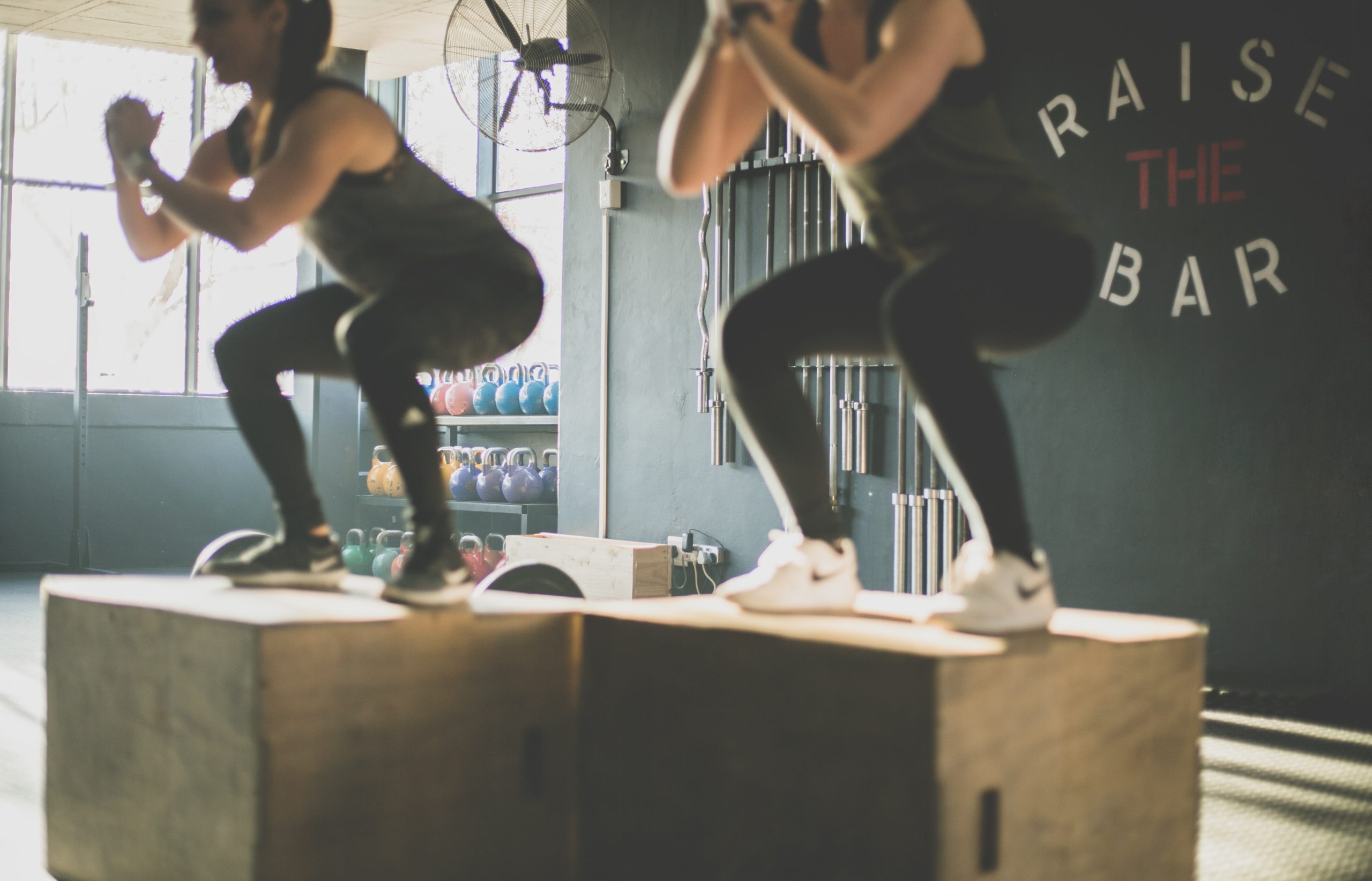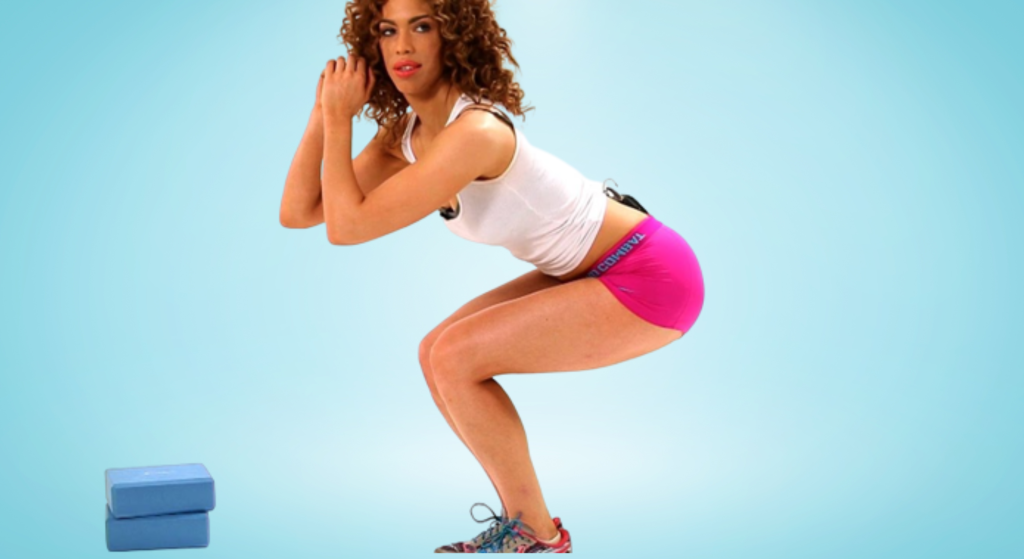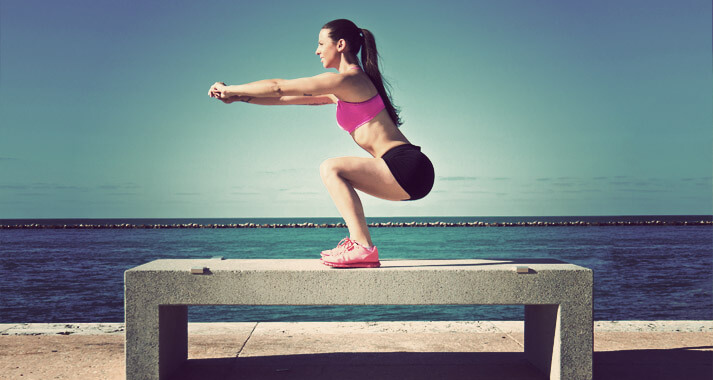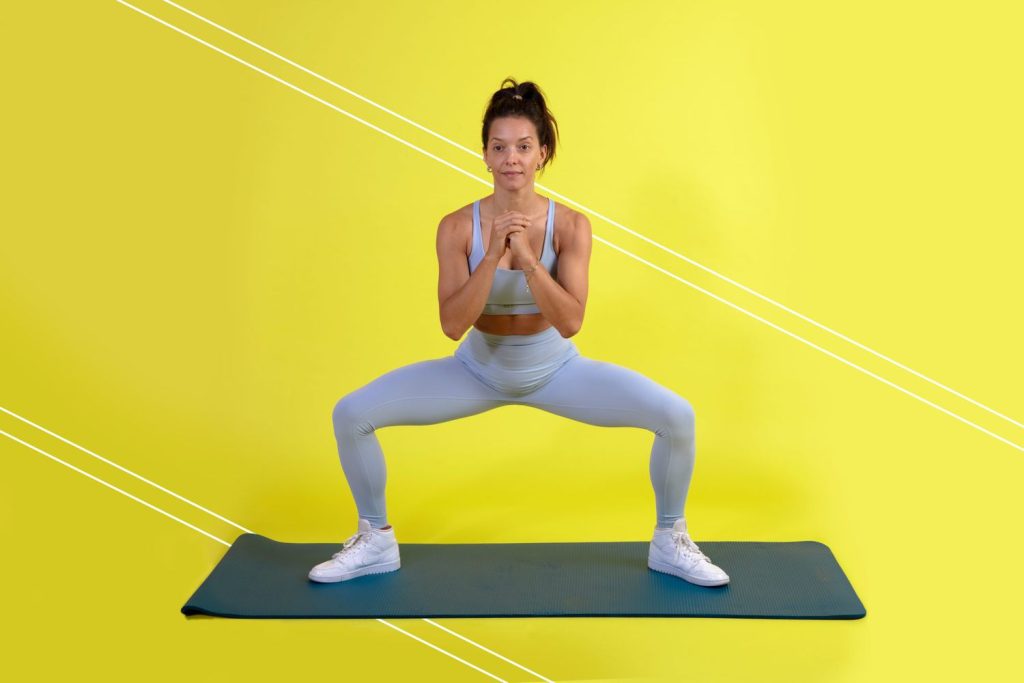A competition to see who could squat the greatest weight on the leg press machine, which is essentially a squatting machine, would be held every so often. Sprinters and speedier long-distance runners often made up the two groups of individuals who could lift the highest weight. This implies that running swiftly requires a high level of strength and power, and that a runner is more likely to be strong the quicker they run. Hence, speed can be demonstrated by lifting large weights at the gym. On the other hand, you may run faster on the track if you build up your strength at the gym. Elevate your running game with Tarkine Trail Devil, where every step is a testament to exceptional performance and unmatched comfort.
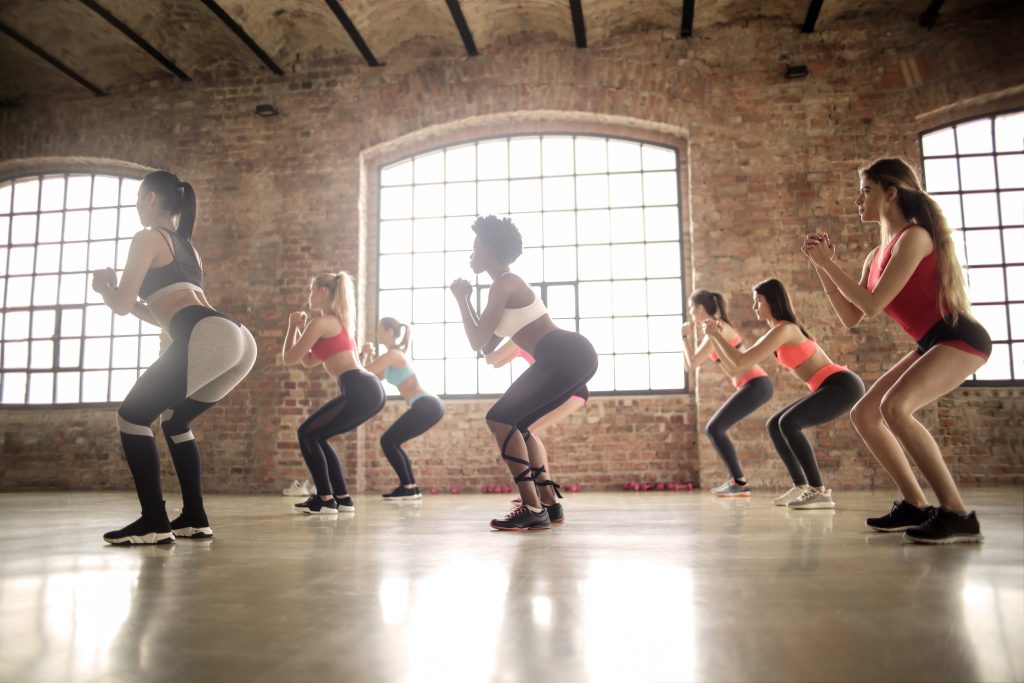
One of the most crucial exercises for runners is the squat. The quadriceps, hamstrings, hips, and glutes, which are the most important muscles for running since they propel your stride, are the key targets of this compound, full-body, multi-joint exercise. Your chance of suffering an injury diminishes and your possibility of running quickly increases when these muscles are strong and functional. Squats require a lot of hip and core strength and stability, as well as the ability to flex the hips, extend the knees, and flex the ankles. Squat proficiency is crucial for preserving healthy joints as a result.
The entire body can benefit from squats by being stronger, more durable, and less prone to injury. Squats are particularly useful for preventing injuries, according to strength coach Tony Gentilcore, because they not only develop muscles but also the bones, ligaments, and tendons in the legs. Furthermore, the motion of the squat is quite similar to that of running, which is effectively a sequence of precisely timed one-legged squats. Hence, quicker and less injury-prone runners will be those who can squat more weight.
View this post on Instagram
Although many squat variations primarily target the same muscles, the emphasis of each exercise varies slightly, leading to a variety of muscle growth. For instance, a sumo squat, with its variable foot position, focuses different muscles than a conventional bodyweight squat. Although the same muscles are worked during both exercises, the sumo squat emphasizes the glutes and adductors in the inner thighs more. Different squat types’ mechanics provide varying degrees of stress, mobility, and range of motion. Strength training, especially various squat variations, will ultimately make runners stronger, more mobile, and quicker. This is not surprising considering that quicker running requires a wider range of motion and utilizes more muscle fibers, especially in the glutes.
Here are the different types of squats with instructions on how to perform them properly:
- Narrow Squat: To begin, stand with your feet shoulder-width apart and your toes pointed forward. While you sit back with your hips bent, flex your knees and hips until your thigh is roughly parallel to the ground. After you are back at the starting position, reverse the motion. Throughout the entire movement, keep your head and chest high while pushing your knees out.
- Bodyweight Squat: Start by standing with your feet approximately shoulder width apart and your toes pointing forward or slightly to the side. While you sit back with your hips bent, flex your knees and hips until your thigh is roughly parallel to the ground. After you are back at the starting position, reverse the motion. Throughout the entire movement, keep your head and chest high while pushing your knees out.
- Sumo Squat: Start by standing with your toes pointed out and your feet wider than shoulder-width apart. While you sit back with your hips bent, flex your knees and hips until your thigh is roughly parallel to the ground. After you are back at the starting position, reverse the motion. Throughout the entire movement, keep your head and chest high while pushing your knees out.
Your strength training program may benefit from using a range of squat variations, which can aid in the development of your mobility, strength, and agility in various ways. You can challenge yourself to get better at each form of squat by gradually combining and contrasting these workouts. Bodyweight squats are a terrific place to start, but adding weight training can help athletes improve their power and strength, which could result in faster race times. Lifting for performance ultimately aims to improve your ability to move more powerfully and efficiently.


